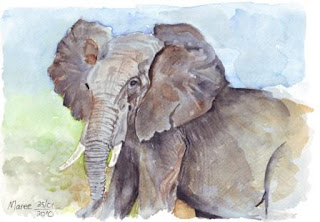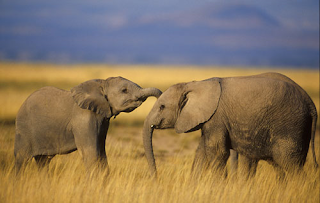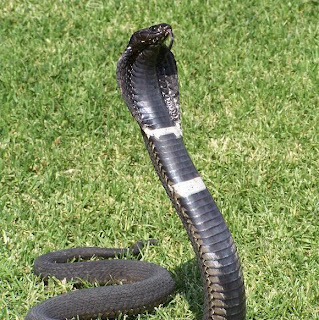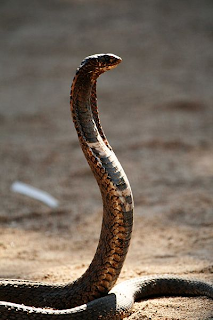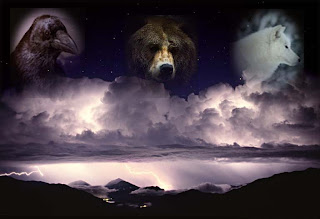
The Kiepersol in my bathroom court-yard flanked by two bamboo poles
The Highveld Cabbage Tree (Cussonia paniculata subspc. sinuata) is an evergreen tree that grows up to 4m tall. The Common Cabbage tree has long grey stems with smooth bark. Flowers from April to May and fruits from June to September.
This evergreen tree makes a beautiful focal point in a garden as it has an unusual shape, interesting gnarled bark and stunning, large, grey-green leaves. Plants show up especially well in a layout where rocks are used. Gardeners growing indigenous South African plants favour them greatly for their unique appearance. The wood is soft and light and was used for the brake-blocks of wagons. The leaves provide good fodder for stock and the Zulu name refers to this tree as goats' food. The roots are succulent and edible, mashed roots have also been used in the treatment of Malaria.
Afrikaans Name:
Berg Kiepersol
Zulu Name :
Umsengembuzi
Cussonia paniculata_sinuata occurs inland at altitudes up to 2 100 m. It is often found in rocky places from the mountains of the Karoo and Eastern Cape through KwaZulu-Natal and Free State into Gauteng and further north. It grows in crevices filled with natural organic humus and compost. It is commonly found near Johannesburg and Pretoria. It is frost-tolerant and drought resistant.
Uses: Leaves are browsed by Kudu and domestic stock. Baboons eat the young shoots. Ripe fruit is eaten by Bulbuls, Louries, Starlings, Barbets and Mousebirds.
Medicinal Uses: Decoctions are used to treat madness, convulsions, amenorrhoea, heart pains, venereal disease and pains of the uterus.

Leaves of the Cabbage Tree (C. paniculata_paniculata)
Growing Cussonia paniculata
The best method of propagation is by means of seed harvested from fresh ripe fruits. Sow seed as soon as possible as it loses much of its viability within 3 months. However, seed sown in summer months will germinate faster (in about 4 weeks) than seed sown in winter (7 weeks to germination). Make sure seed trays are at least 15 cm in depth to allow the small tubers to form. Do not allow seed to become waterlogged or dry out. Keep seed and seedlings in a semi-shaded area. Seedlings can be transplanted at about 4 months, but be very careful not to damage the fleshy roots when transplanting.
One can grow Cussonia paniculata from a cutting, but this is not advisable because it does not make the proper, fleshy, underground rootstock that it forms when grown from seed.
Growing info from http://www.plantzafrica.com/plantcd/cussoniapan.htm
Cussonia spicata (Natal cabbage tree, 5m) is a shapely tree with the same interesting foliage as the Highveld version. In summer, green flowers are borne that look like 20cm long candles.


